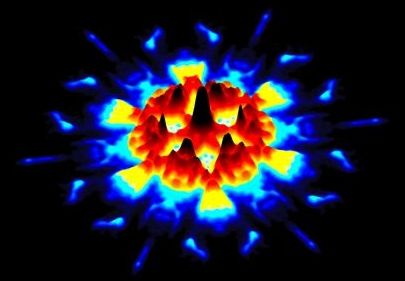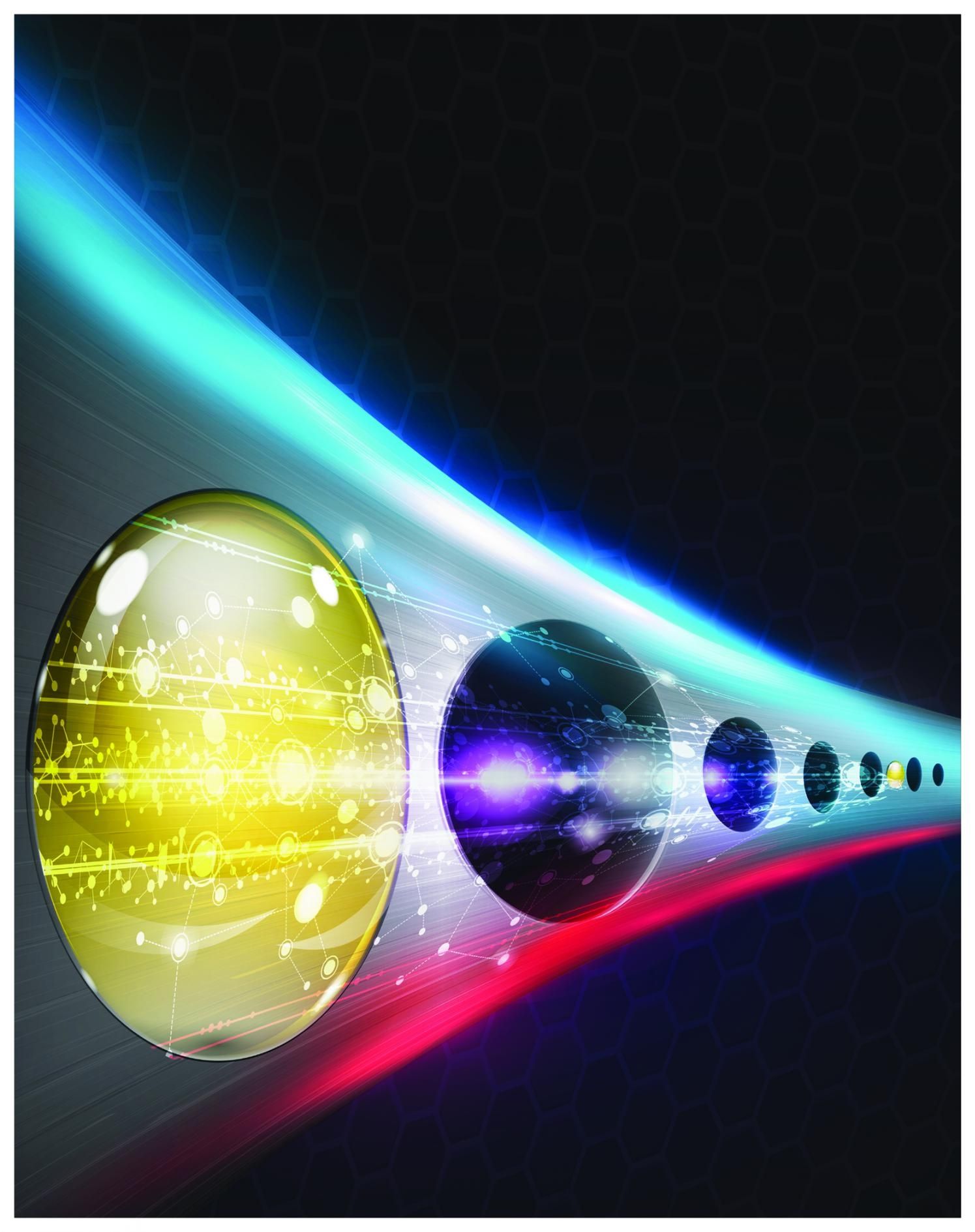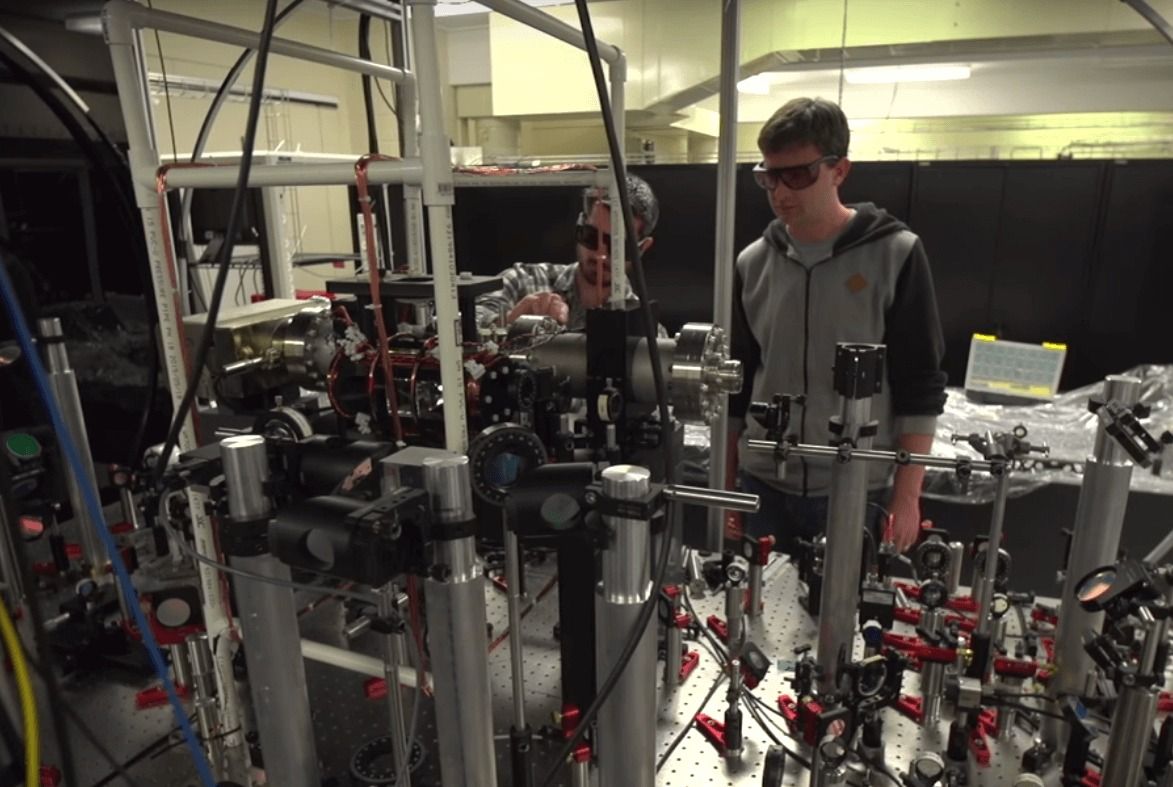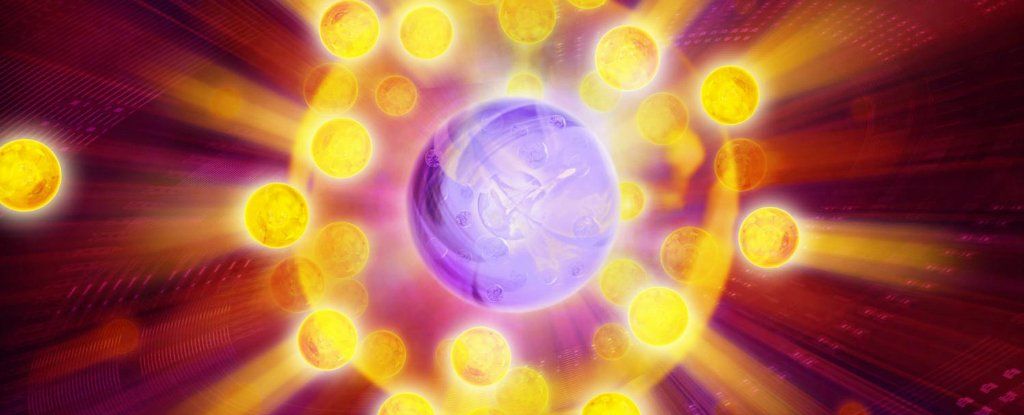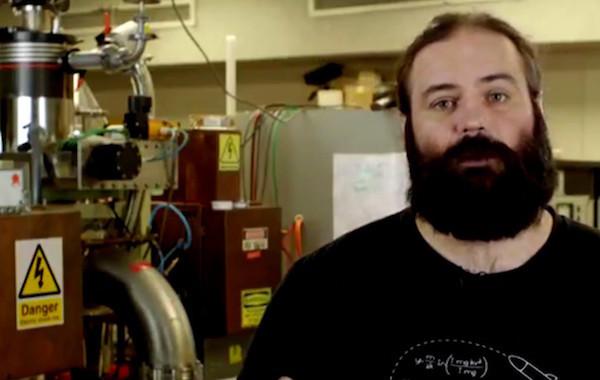Oct 15, 2016
Exceptionally robust quantum states found in industrially important semiconductor
Posted by Karen Hurst in categories: particle physics, quantum physics
Another huge leap forward in mass production of Quantum devices found.
Harnessing solid-state quantum bits, or qubits, is a key step toward the mass production of electronic devices based on quantum information science and technology. However, realizing a robust qubit with a long lifetime is challenging, particularly in semiconductors comprising multiple types of atoms.
The close collaboration between experiments in Prof. David Awschalom’s group and theory and simulations in Prof. Giulia Galli’s group, both in the Institute for Molecular Engineering, has enabled a crucial step toward solid-state qubits in industrially important semiconductors. In a paper, published Sept. 29 in Nature Communications, the two groups showed that electron qubits bound to atom-like defects in a commercial silicon carbide wafer can exhibit the longest electronic coherence times ever measured in a natural crystal.

